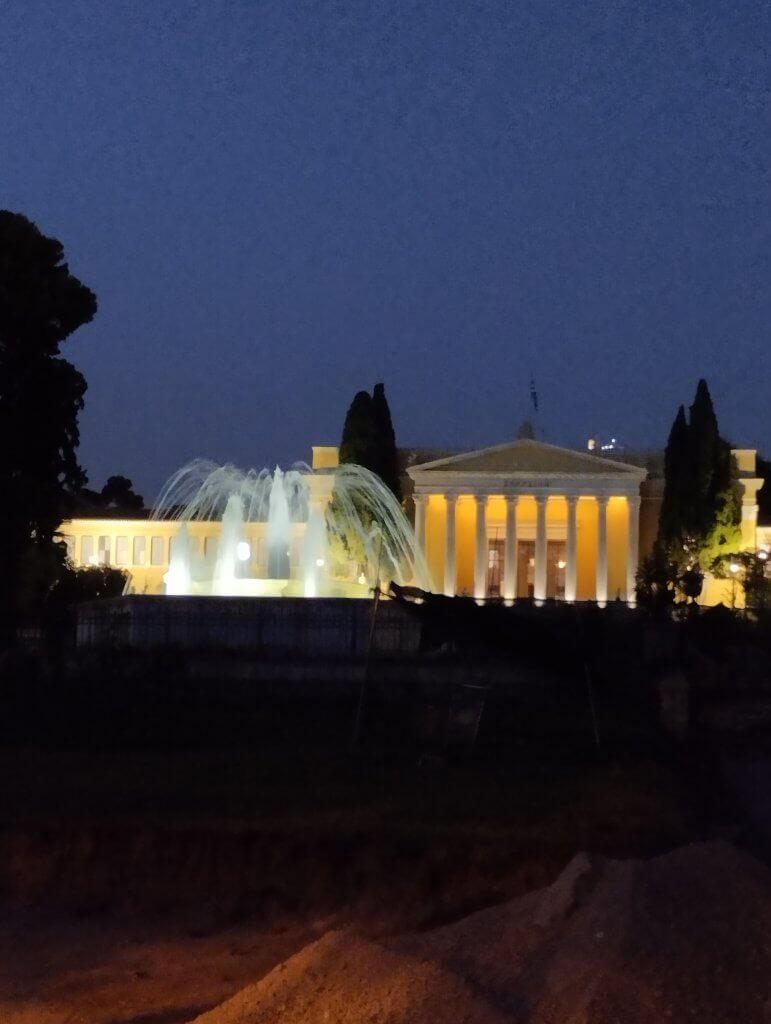Athens 28 August – 2 September 2023
Marcello Campione (University of Milano-Bicocca) presented a talk at RawMat 2023, one of the leading conferences on topics related to the Circular Economy, summarized in this text.
Microwave chemistry for enhanced carbon capture by serpentine quarry waste
Campione, M., Corti, M., D’Alessio, D., Capitani, G., Yivlialin, R., Lucotti, A., Bussetti, G.L. and Malaspina N. (2023). Microwave chemistry for enhanced carbon capture by serpentine quarry waste. In RawMat2023 – 2nd International Conf. on Raw Materials and Circular Economy “Raw Materials: setting the foundation for the Green Transition” Book of Abstracts (pp.252-252).
Mineral Carbonation (MC) is included among the most promising potential solutions for long-term carbon capture and storage (CCS). This mineral treatment consists in the water-mediated reaction of the CaO and MgO components of minerals with carbon dioxide, with formation of stable and insoluble Ca- and Mg-carbonates and/or hydroxy-carbonate hydrates. Noteworthy, these latter compounds constitute also valuable secondary raw materials employed, e.g., in the construction sector. Despite the carbonation reaction is spontaneous under a wide range of conditions, kinetic barriers pose sever limitations for its practical exploitation. High fractions of MgO are available in serpentine minerals, characterized by alternated layers of silica [SiO2] and brucite [Mg(OH)2], quarried in a number of sites in Europe, with a relevant role played by Italy. This industrial activity is characterized by the production of a fraction as large as 50% of waste in the form of serpentine pebble and powder, representing potential reservoirs for fixing a quantity as large as 20 ktons of CO2 per site/per year in the form of re-utilizable Mg-carbonates. With the scope to contribute in making this possibility a reality, we show here the application of microwave (MW)-assisted processes for the in-depth study of the carbonation of brucite, representing a model systems for the reactive component of serpentine. MW reactors allow for a fine tuning of the temperature, pressure and irradiation energy, enabling us to infer the mechanism, kinetics, and energy costs of the reaction and to identify the chemical characteristics of the products.




